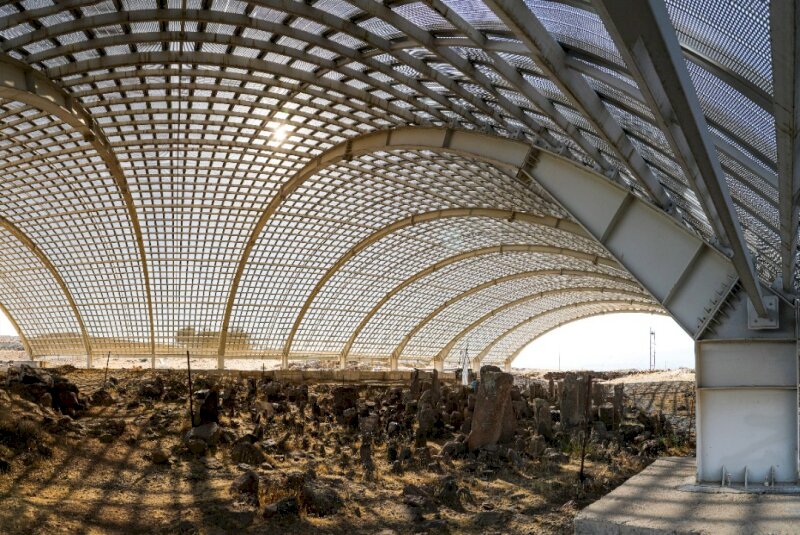Ancient “city of the mouthless” protected, renovated

TEHRAN – Shahr-e Yeri, a unique archaeological site in northwest Iran, has been protected and renovated through a variety of measures taken during the first half of the current Iranian calendar year 1400 (started March 21).
Situated near Pirazman village of Meshkin Shahr, in Ardabil province, the ancient city, sometimes referred to as the “city of the mouthless”, is one of the earliest inhabitants in the country.
Some of these measures include the acquisition and delivery of polycarbonate sheets of light panels, paving the access road to the site, construction of walls, landscaping, and establishing a sanitary complex, the provincial tourism chief has announced.
An important part of the stone facade of the prayer hall and the sanitary complex was completed during the mentioned time, and site introduction signs and route guides were also installed, CHTN quoted Nader Fallahi as saying on Monday.
Repairing the telephone network and installing an internet connection as well as giving a permit to dig wells to solve the site’s drinking water problem was among the actions taken to boost the site’s infrastructures, the official added.
With thousands of years of history and immense importance, efforts are being made to organize and introduce this ancient site at the national and international levels, he noted.
The 400-hectare archaeological site of Shahr-e Yeri was inscribed on the list of national heritage sites in 1931.
The site embraces an Iron-Age fortress, three prehistorical temples, and tens of stones on which bizarre-shaped mouthless faces have been carved. During its heyday bodies of the dead were buried with special ceremonies and rituals in compliance with religious beliefs, however, the majority of the tombs were found empty of skeletons due to illegal excavations, according to the Circle of Ancient Iranian Studies.
More than 10,000 ancient petroglyphs and rock-carved arts have been discovered in and near Meshkin Shahr over the past couple of years. Some of the objects bear depictions of human beings in archery, cavalry in rhythmic and magical themes. There are also petroglyphs depicting mountain goats, boat anchors, shooting and scenes of war, and scenes of deer hunting in individual and collective forms.
Rock arts can be seen around mountainous regions across Iran where roaming life and livestock farming are prevalent typically. The rock-carved figures of animals and associated tools are regarded as good clues to help shed light on daily life in the distant past, though some figures might be symbolic.
ABU/MG

Leave a Comment